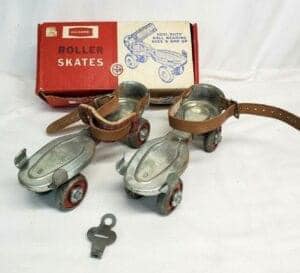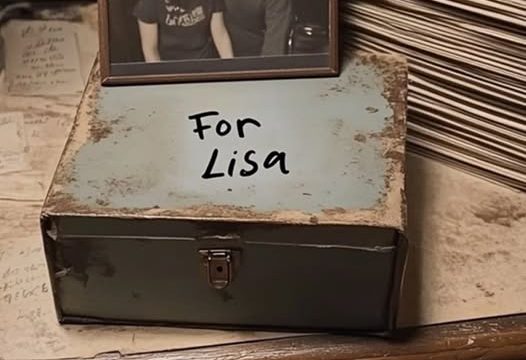
Do you recall the thrill of strapping on those metal roller skates and gliding down the neighborhood sidewalk? For many who grew up in the ’50s, ’60s, or ’70s, these skates weren’t just toys—they were tickets to freedom and adventure. Let’s journey back to explore how these quirky contraptions became iconic symbols of a bygone era.
The Anatomy of Vintage Roller Skates
Metal Base and Adjustable Straps
Unlike today’s integrated boot designs, vintage roller skates featured a sturdy metal base. This base was ingeniously designed to attach directly to your everyday shoes using adjustable leather straps. This meant you could transform any pair of sneakers into skates in minutes.
The Essential Skate Key
Central to the roller skating experience was the skate key—a small tool that adjusted the skate’s fit. Misplacing this key could halt your skating plans, emphasizing its importance in every skater’s kit.
The Skate Key’s Role
The skate key wasn’t just for adjustments; it symbolized readiness. Possessing it meant spontaneous skate sessions were always an option.
The Skate Key’s Cultural Impact
Beyond functionality, the skate key became a cherished keepsake, often worn around the neck or shared among friends as a token of camaraderie.
The Roller Skating Experience
The Challenge of Metal Wheels
The metal wheels of these skates offered a unique ride. Unlike the smooth glide of modern polyurethane wheels, metal wheels transmitted every texture of the pavement, making each journey both exhilarating and unpredictable.
Navigating Sidewalks and Streets
Skaters had to be vigilant, as even small obstacles could lead to tumbles. This unpredictability added to the adventure, teaching balance and resilience.
Social Aspects of Roller Skating
Community Bonding
Roller skating was more than a solo activity; it was a communal affair. Neighborhood kids would gather, sharing tips, skate keys, and stories, fostering a strong sense of community.
Skating Rinks and Social Hubs
Beyond the streets, roller rinks became popular social venues. These rinks hosted events, parties, and were often the backdrop for budding romances and lasting friendships.
The Evolution of Roller Skates
Transition to Modern Designs
As time progressed, roller skates evolved. The metal bases gave way to integrated boot designs, and metal wheels were replaced with rubber and polyurethane, offering smoother rides and enhanced safety.
Technological Advancements
Innovations like toe stops, precision bearings, and customizable boots transformed roller skating into both a recreational activity and a competitive sport.
Nostalgia and Collectibility
Vintage Skates as Collectors’ Items
Today, those metal roller skates are treasured collectibles. Enthusiasts and historians alike seek them out, preserving a tangible piece of mid-20th-century culture.
The Skate Key’s Legacy
The once-essential skate key has become a symbol of nostalgia, often showcased in museums or as part of vintage jewelry designs.
Lessons from the Past
Embracing Simplicity
The simplicity of vintage roller skates reminds us of a time when joy was found in uncomplicated pleasures. Strapping on skates and exploring the neighborhood taught resourcefulness and creativity.
Building Resilience
The challenges posed by these skates—be it adjusting them correctly or mastering balance on uneven sidewalks—instilled perseverance and resilience in young skaters.
Conclusion
Vintage roller skates were more than just a mode of fun; they were instruments of community building, personal growth, and unforgettable memories. They stand as a testament to an era where simple joys reigned supreme, and every glide down the pavement was a cherished adventure.





